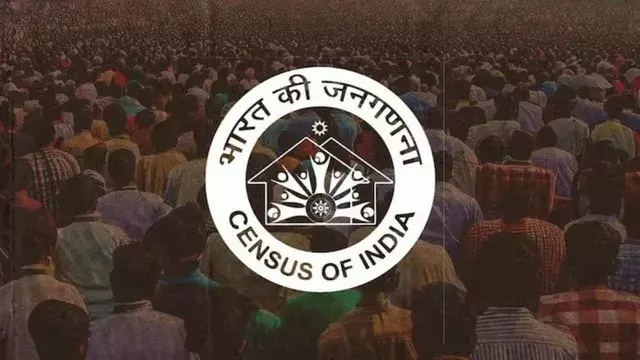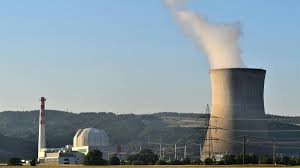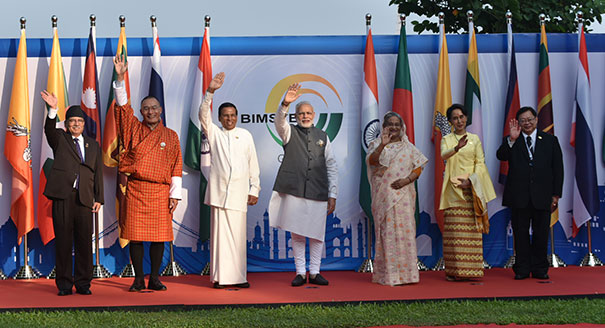- Courses
- GS Full Course 1 Year
- GS Full Course 2 Year
- GS Full Course 3 Year
- GS Full Course Till Selection
- Answer Alpha: Mains 2025 Mentorship
- MEP (Mains Enrichment Programme) Data, Facts
- Essay Target – 150+ Marks
- Online Program
- GS Recorded Course
- Polity
- Geography
- Economy
- Ancient, Medieval and Art & Culture AMAC
- Modern India, Post Independence & World History
- Environment
- Governance
- Science & Technology
- International Relations and Internal Security
- Disaster Management
- Ethics
- NCERT Current Affairs
- Indian Society and Social Issue
- NCERT- Science and Technology
- NCERT - Geography
- NCERT - Ancient History
- NCERT- World History
- NCERT Modern History
- CSAT
- 5 LAYERED ARJUNA Mentorship
- Public Administration Optional
- ABOUT US
- OUR TOPPERS
- TEST SERIES
- FREE STUDY MATERIAL
- VIDEOS
- CONTACT US
INDIA-NEPAL RELATIONS
INDIA-NEPAL RELATIONS
In January 2024, during the 7th Meeting of the India-Nepal Joint Commission held in Kathmandu.
Key outcomes from the India-Nepal Joint Commission meeting:
Both nations inked several key agreements and reviewed all aspects of bilateral relations including connectivity, infrastructure development, economic partnership, trade, transit, investment, power, water resources, culture, tourism, sports, health and education.
- Power Export Agreement: Nepal and India signed a long-term agreement for the export of 10,000 MW of power to India for the next 10 years.
- Cooperation in Renewable Energy: The Nepal Electricity Authority and India’s National Thermal Power Corporation Limited (NTPC) also signed an MoU for cooperation in renewable energy.
- Inauguration of Cross-Border Transmission Lines: Inauguration of 3 cross-border transmission lines which was completed with the help of India (132 kV Raxaul-Parwanipur, 132 kV Kushaha-Kataiya and New Nautanwa-Mainahiya lines).
- Financial Aid for Reconstruction: India will provide 10 billion rupees to Nepal for reconstruction of earthquake hit areas of Jajarkot and Rukum West.
- Satellite Cooperation Agreement: An agreement for the launch of Nepal’s Munal satellite was formalized between the Nepal Academy of Science and Technology and NewSpace India Limited (NSIL) under the Indian Space Research Organisation.
Major Areas of Cooperation Between India and Nepal
-
About the relationship:
- India and Nepal share close and friendly relations characterized by age-old historical and cultural linkages, open border and deep-rooted people-to-people contacts.
- Nepal shares a border of over 1850 km with five Indian states – Sikkim, West Bengal, Bihar, Uttar Pradesh and Uttarakhand.
- The India-Nepal Treaty of Peace and Friendship of 1950 forms the bedrock of India-Nepal relations.
-
Defence and security cooperation:
- Since 1950, India and Nepal have been awarding honorary rank of General to each other’s Army Chief.
- India assists Nepal army in its modernization through training and joint military exercise (Surya Kiran).
-
Trade and economic cooperation:
- India is Nepal's largest trade partner and the largest source of foreign investments.
-
Connectivity and developmental cooperation:
- Line of credit of $680 million by India to fund three major transmission corridors in Nepal- Bheri Corridor, Nijgadh-Inaruwa Corridor and Gandak-Nepalgunj Corridor.
- Twin Integrated Check Posts (ICPs) in Rupaidiha in India and Nepalgunj in Nepal in 2023.
- Establishing cross-border rail links at Raxaul-Kathmandu, Jogbani-Biratnagar and Jaynagar-Bardibas.
- Revised treaty of transit that would provide Nepal access to inland waterways of India.
- Some of the High Impact Community Development Projects (HICDPs) include Fateh Bal Eye Hospital in Nepalgunj, Rapti Cold Storage Building in Lamahi Bazar and Rehabilitated Small Hydro Power Plant in Jumla District.
-
Energy and Hydropower cooperation:
- India and Nepal have had a Power Exchange Agreement since 1971 for meeting the power requirements in the border areas.
- Construction of Motihari-Amlekhgunj oil pipeline.
- India and Nepal have had long-standing and fruitful hydropower cooperation: Phukot Karnali Hydroelectric Project, West Seti and Seti River (SR6) projects (1,200 MW), Lower Arun Hydroelectric Project, etc
-
Water sharing cooperation:
- The Koshi Agreement and Gandak Agreement were the initial significant agreements fostering India-Nepal cooperation in the water resources sector.
- Another vital pact, the Mahakali Treaty, ensures the fair utilization of Mahakali River, waters for both countries.
-
Multilateral cooperation
- Multilateral Cooperation as part of BBIN (Bangladesh, Bhutan, India, and Nepal), BIMSTEC (Bay of Bengal Initiative for Multi-Sectoral Technical and Economic Cooperation), and SAARC. Nepal also joined India-led International Solar Alliance (ISA).
-
Cultural Cooperation:
- Swadesh Darshan scheme has Buddhist and Ramayana circuits which connect the religious cities of Lumbini and Janakpur with that of India.
- Strong and deeply rooted people to people connect (Roti Beti ka Rishta)
Major challenges in India-Nepal relationship |
Solutions |
|
|
Conclusion
India and Nepal are increasingly realising the mutual benefits of their partnership and cooperation. They recognise the strategic importance of each other in the evolving global order and have maintained a positive momentum despite certain political challenges. It is only through sustained engagements that both nations can address the mutual suspicions and build trust for greater good of the region.



